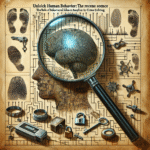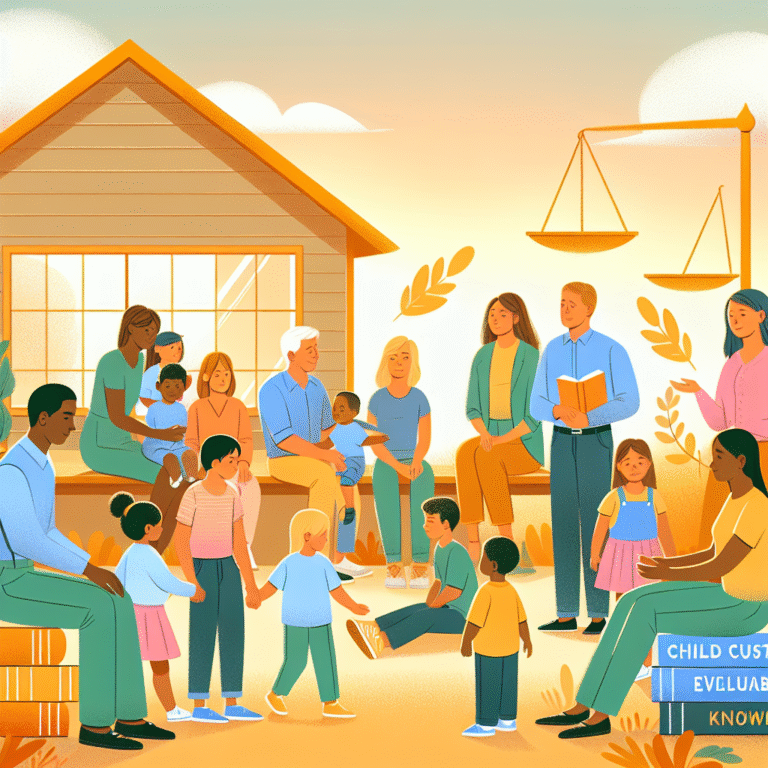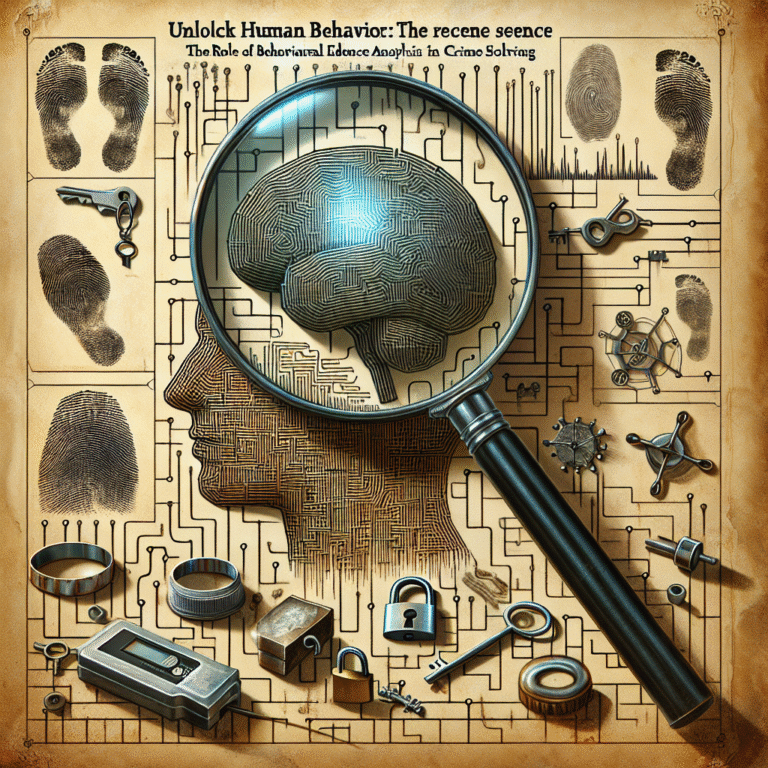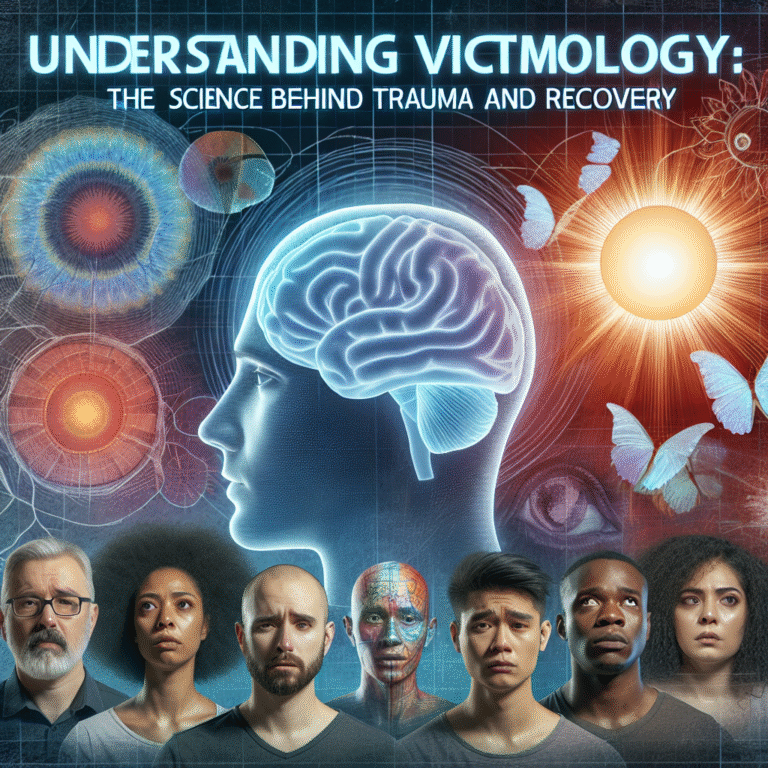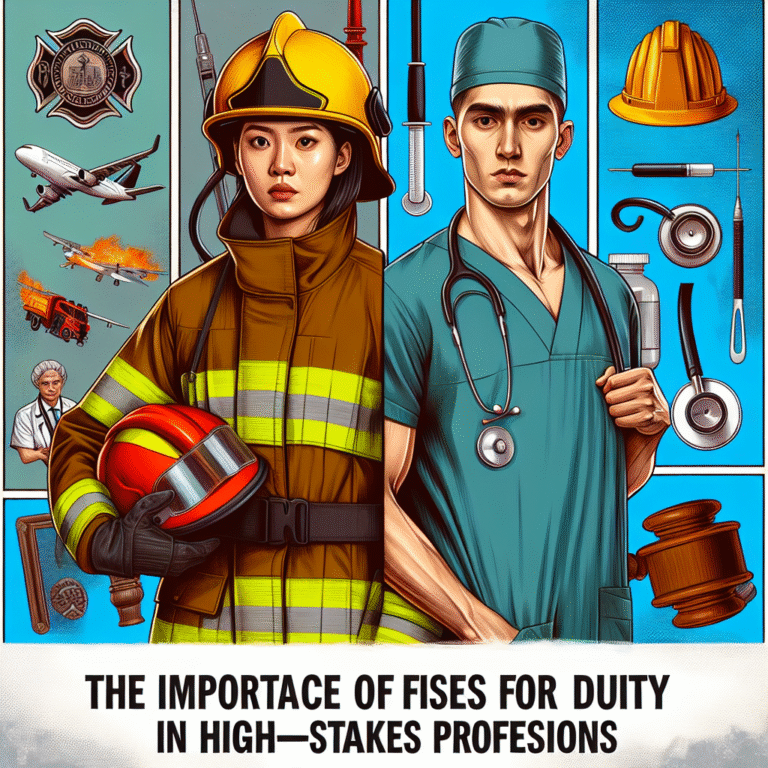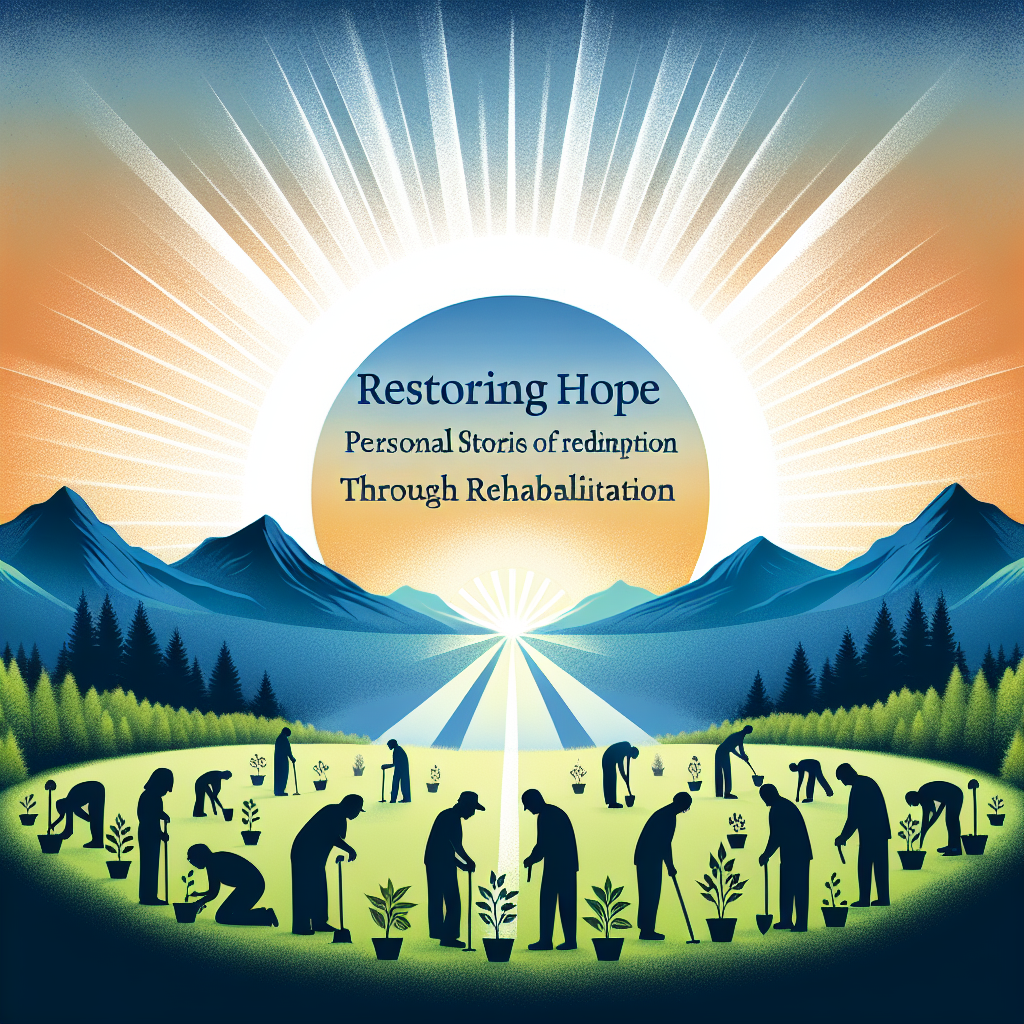
Introduction
In a world often clouded by despair and hardship, the stories of personal redemption shine like beacons of hope. Restoring Hope: Personal Stories of Redemption Through Rehabilitation captures the essence of this incredible journey for many individuals who have overcome significant challenges. Rehabilitation, whether through health, addiction recovery, or social reintegration, serves as a crucial pathway to restoring not just lives, but also dignity and purpose.
As we explore these narratives, we’ll highlight powerful case studies, crucial insights, and actionable steps that illuminate the rehabilitation process. Together, we will discover how stories of resilience not only inspire but prove that change is indeed possible.
The Landscape of Rehabilitation
Before diving into personal stories, it’s essential to understand the broader context of rehabilitation. Rehabilitation encompasses a range of services and practices aimed at restoring individuals to their fullest potential after trauma, addiction, or significant life changes. There are various forms of rehabilitation, including physical, emotional, and social rehabilitation, which all play critical roles in restoring hope.
Importance of Rehabilitation Programs
Rehabilitation programs are designed not just for recovery, but for the ultimate transformation of lives. They empower individuals by offering:
- Support Systems: Building a network of encouragement that fosters growth.
- Skill Development:Equipping individuals with practical skills for reintegration into society.
- Mental Health Services: Addressing underlying psychological issues that may hinder recovery.
- Holistic Approaches: Encouraging lifestyle changes and promoting well-being across all areas of life.
Rehabilitation is vital because it paves the way for second chances. Let’s delve into some inspiring personal stories that exemplify the true essence of Restoring Hope: Personal Stories of Redemption Through Rehabilitation.
Case Study 1: Sarah’s Journey Through Addiction
Background: At 28, Sarah was a successful marketing executive, but behind the glossy exterior lay a debilitating addiction to alcohol. After years of struggle, she reached a breaking point.
The Turning Point: Following a near-fatal overdose, Sarah found herself in a rehabilitation center. Surrounded by others who shared similar stories, she began her journey toward sobriety.
Rehabilitation Process:
- Detoxification: Initial medical treatment to remove alcohol from her system.
- Therapeutic Sessions: Weekly group and individual therapy sessions focused on coping strategies.
- Skill Workshops: Sarah attended workshops that taught healthy coping mechanisms.
Outcome: By the end of her program, Sarah had rebuilt her life. She returned to work, reconnected with family, and began mentoring others in recovery. Her story illustrates how Restoring Hope: Personal Stories of Redemption Through Rehabilitation can lead to empowerment and renewed purpose.
Case Study 2: John’s Path to Physical Rehabilitation
Background: An avid mountain biker, John faced a devastating accident that left him paralyzed from the waist down.
The Turning Point: Initially, John felt hopeless and disheartened. However, he decided to commit to an extensive rehabilitation program that would challenge him physically and mentally.
Rehabilitation Process:
- Physical Therapy: Daily physical therapy sessions focused on strength training and mobility.
- Adaptive Sports: John began participating in adaptive sports, which contributed to his recovery and boosted his spirits.
- Community Support: He joined a local support group for individuals with disabilities, fostering camaraderie and motivation.
Outcome: John became a motivational speaker, sharing his journey and inspiring others with disabilities. This highlights the power of Restoring Hope: Personal Stories of Redemption Through Rehabilitation, showcasing resilience during physical adversity.
Emotional Rehabilitation: The Story of Maria
Background: Maria had faced years of trauma from childhood abuse. As an adult, she struggled with depression and anxiety.
The Turning Point: After years of silence, Maria sought help from a trauma-informed rehabilitation program.
Rehabilitation Process:
- Cognitive Behavioral Therapy (CBT): Addressing negative thought patterns.
- Mindfulness Practices: Integrating meditation and yoga to promote mental clarity.
- Peer Support Groups: Finding comfort in shared experiences helped Maria heal emotionally.
Outcome: Maria found her voice and began a nonprofit organization aimed at helping others who have experienced trauma. Her story is a testament to Restoring Hope: Personal Stories of Redemption Through Rehabilitation through emotional healing.
The Role of Community in Rehabilitation
One common thread across all the stories so far has been the importance of community. Whether it’s through family, friends, or peer support groups, having a strong support system significantly aids in the rehabilitation process.
Building Support Networks
- Supportive Family and Friends: They often provide the first line of encouragement.
- Peer Groups: Sharing struggles and victories creates a sense of belonging.
- Professional Guidance: Skilled therapists and counselors offer expertise and direction.
Chart: Rehabilitation Success Rates
| Type of Rehabilitation | Success Rate (%) |
|---|---|
| Substance Abuse | 40% |
| Physical Rehabilitation | 63% |
| Emotional Recovery | 75% |
This chart exemplifies the varying success rates in rehabilitation, emphasizing the need for tailored approaches based on individual circumstances.
Overcoming Barriers to Rehabilitation
Many individuals face significant barriers when seeking rehabilitation. Recognizing these obstacles is crucial for effective interventions.
Common Barriers
- Stigmatization: Fear of judgment can prevent individuals from seeking help.
- Financial Constraints: Many programs can be prohibitively expensive.
- Lack of Accessibility: Not all communities have equal access to rehabilitation services.
- Cultural Differences: Some may feel alienated from traditional rehabilitation methods.
Strategies to Combat These Barriers
- Community-Based Programs: Creating localized initiatives to better serve populations.
- Education and Outreach: Raising awareness reduces stigma associated with rehabilitation.
- Policy Changes: Advocating for insurance changes can improve financial access.
Conclusion
Restoring Hope: Personal Stories of Redemption Through Rehabilitation is more than just a collection of narratives; it’s a movement towards resilience, empowerment, and community support. The journeys of Sarah, John, and Maria exemplify the transformative power of rehabilitation—showcasing that even the most difficult paths can lead to profound personal growth and renewed purpose.
As you read these stories, take away the action steps that resonate with you and consider how you can either seek support or offer it to others in need. Remember, hope is not lost; it’s often found in the unlikeliest of places.
FAQs
1. What types of rehabilitation are available?
There are several types, including physical rehabilitation, substance abuse treatment, and emotional support therapies. Each type is tailored to address specific needs.
2. How do I know if I need rehabilitation?
Recognizing the signs such as persistent emotional distress, addiction issues, or inability to function normally is critical. Consulting a healthcare provider can provide more clarity.
3. What should I look for in a rehabilitation program?
Look for programs that offer personalized treatment plans, qualified staff, and a supportive environment.
4. Is rehabilitation effective?
Research indicates that rehabilitation can be highly effective, empowering individuals to reclaim their lives. Success rates vary by type but demonstrate significant potential for recovery.
5. How can community support facilitate the rehabilitation process?
Community support fosters motivation and accountability. It also reduces feelings of isolation and helps individuals through tough times.
Personal redemption is possible through rehabilitation. Use these stories to inspire and motivate those around you, serving as a testament to the strength of the human spirit. Remember, in the face of adversity, there is always hope.


